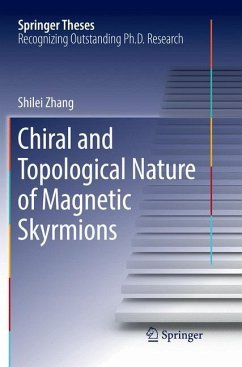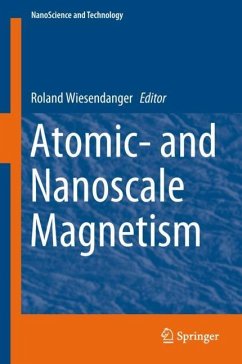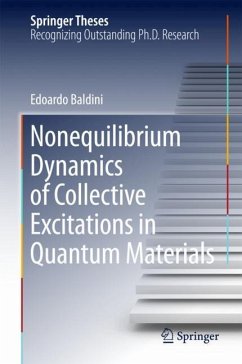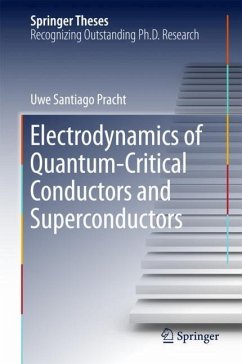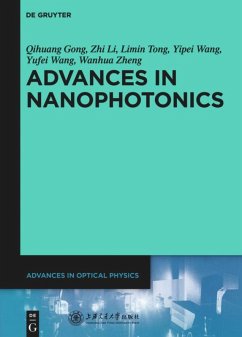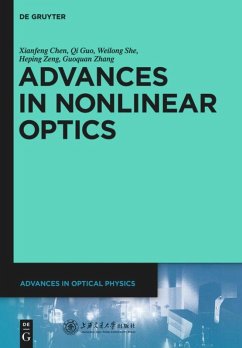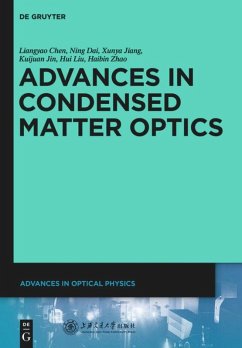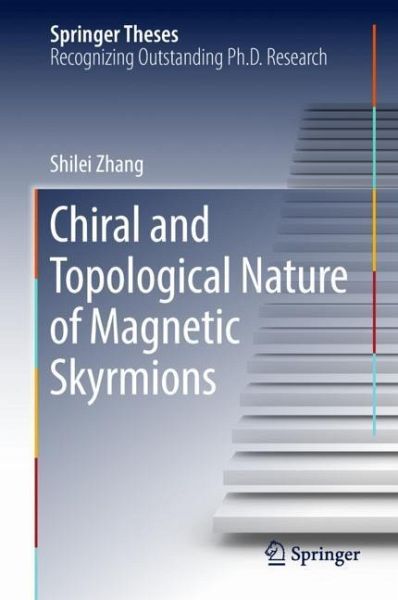
Chiral and Topological Nature of Magnetic Skyrmions
Versandkostenfrei!
Versandfertig in 6-10 Tagen
76,99 €
inkl. MwSt.
Weitere Ausgaben:

PAYBACK Punkte
38 °P sammeln!
This book focuses on the characterisation of the chiral and topological nature of magnetic skyrmions in noncentrosymmetric helimagnets. In these materials, the skyrmion lattice phase appears as a long-range-ordered, close-packed grid of nearly millimetre-level correlation length, while the size of a single skyrmion is 3-100 nm. This is a very challenging range of length scales (spanning 5 orders of magnitude from tens of nm to mm) for magnetic characterisation techniques, and, to date, extensive information on this fascinating, magnetically ordered state has remained elusive. In response, this...
This book focuses on the characterisation of the chiral and topological nature of magnetic skyrmions in noncentrosymmetric helimagnets. In these materials, the skyrmion lattice phase appears as a long-range-ordered, close-packed grid of nearly millimetre-level correlation length, while the size of a single skyrmion is 3-100 nm. This is a very challenging range of length scales (spanning 5 orders of magnitude from tens of nm to mm) for magnetic characterisation techniques, and, to date, extensive information on this fascinating, magnetically ordered state has remained elusive. In response, this work develops novel resonant elastic x-ray scattering (REXS) techniques, which allow the magnetic structure, including the long-range order and domain formation, as well as microscopic skyrmion parameters, to be measured across the full range of length scales. Most importantly, using circular dichroism in REXS, the internal structure of a given skyrmion, the topological winding number, and theskyrmion helicity angle can all be unambiguously determined. These new techniques are applicable to many materials systems, and allow us to retrieve information on modulated spin structures, multiferroic order, spin-density-waves, and other forms of topological magnetic order.





